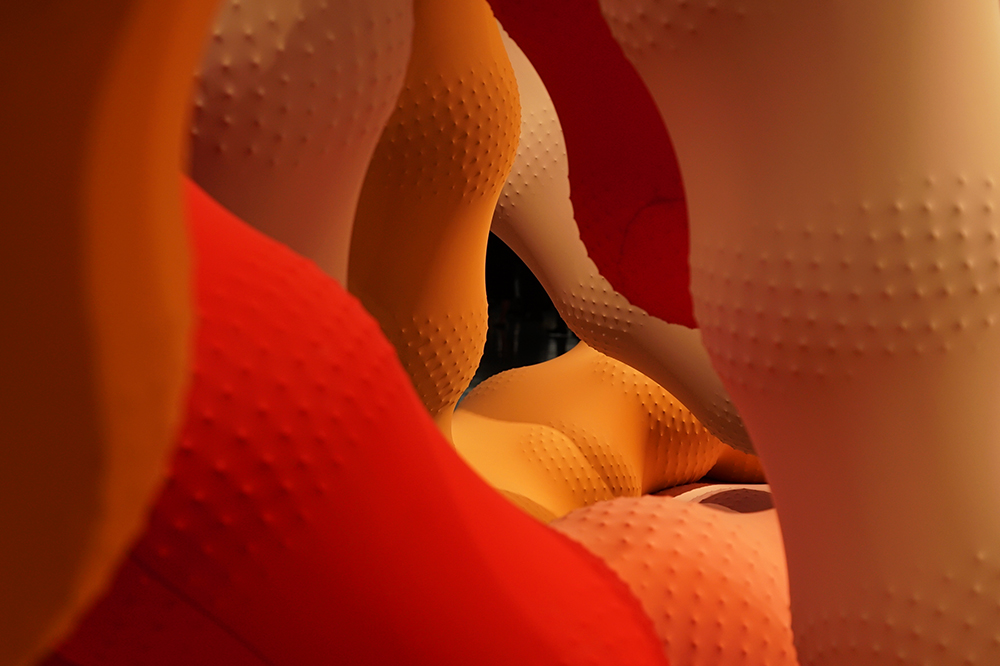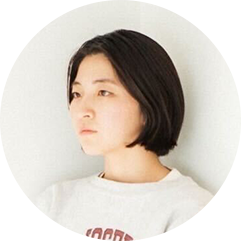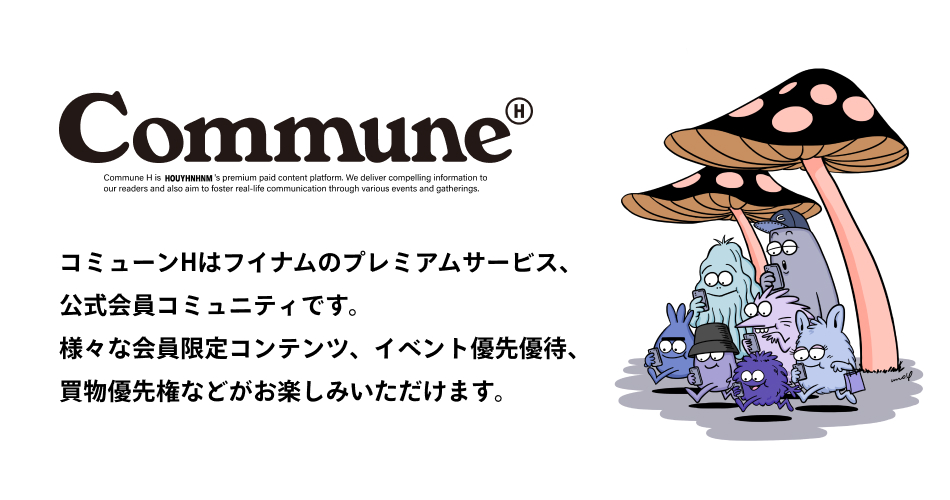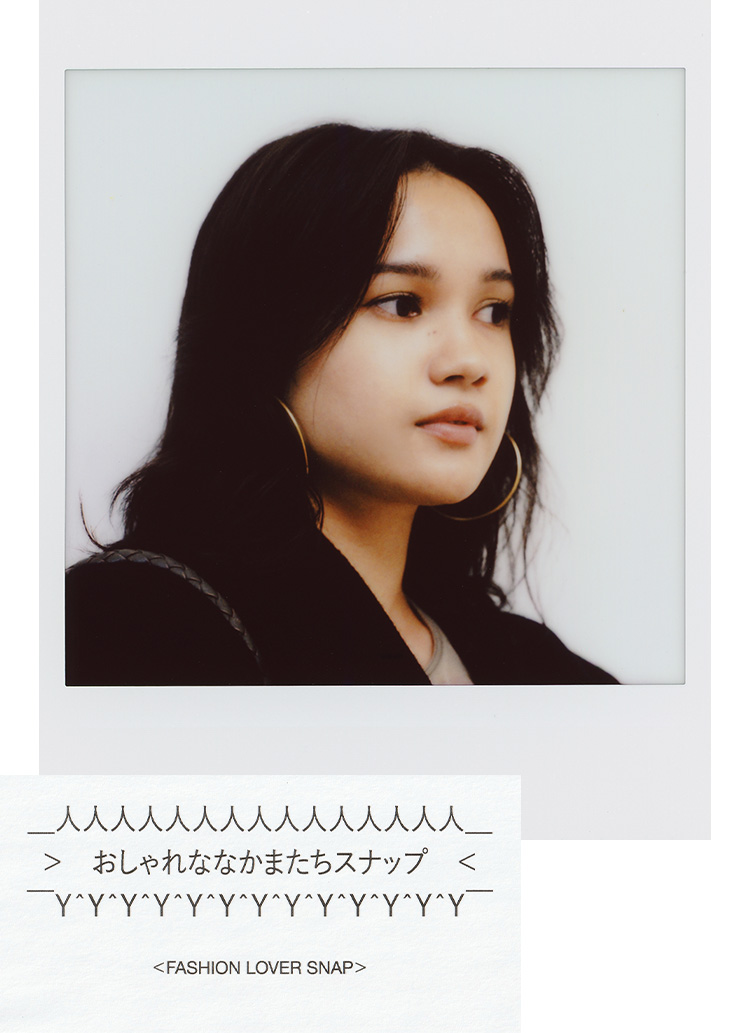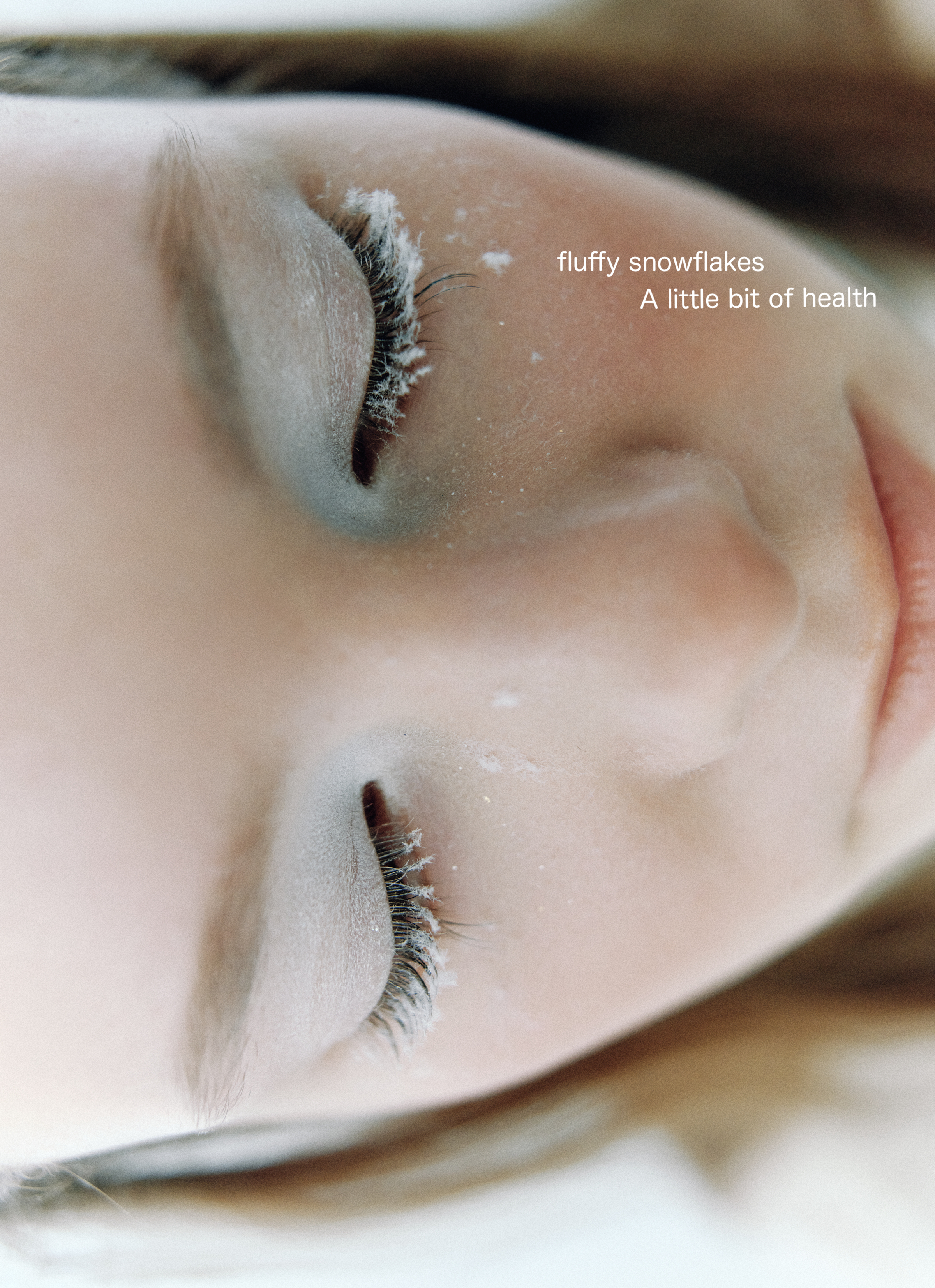Eva Fabregas, "Karamiai", 2020
Self-preservation, self-restraint, restraint. The world is in darkness because of the coronavirus. Each of us has had to learn how to live on our own. It has been almost six months since the situation became serious.
The Yokohama Triennale 2020 is an international contemporary art exhibition held once every three years in Yokohama. However, it was decided to hold the exhibition in the hope of encouraging the world through the power of art.
———————————————————-
A coincidence led by unprecedented circumstances.
An e-mail interview was conducted with the Yokohama Triennale Organizing Committee regarding the background and content of the event .
For the first time since its launch, LUX Media has hired an artistic director from abroad. How did you come to choose LUX Media Collective?
Responding to the global environmental crisis, creating a new society that embraces diversity, and communication and education for this purpose. These were the three latest trends in art. Based on this, a number of well-known artists were nominated for the Triennale, and I felt that they were unique, experienced, and flexible enough to realize a Triennale that could only be realized in Yokohama.
The LUX Media Collective is an Indian artist collective composed of two men and one woman.
Photo by Hiroshi Kato / Courtesy of Yokohama Triennale Organizing Committee
What was your first impression when you saw the works brought into the exhibition hall?
I was surprised to find that many of the works responded to the current state of the world . This is because in 2018, during the planning stage of deciding on the works, they had "poison" and "coexistence" as one of their keywords, and what actually came together were works that made us think about this and touched on ecological issues. This coincidence was unexpected, as we were stuck in the current with-corona era.
What criteria and rules were used to divide the exhibition between the Yokohama Museum of Art and Plot 48?
The two venues are of different natures: the Yokohama Museum of Art, where the temperature and humidity are controlled 24 hours a day, and Plot 48, a more open space. The former is suitable for exhibiting works made of materials that are too fragile to be preserved for posterity. . The latter, on the other hand, allows for the exhibition of works that connect the outdoors and the indoors, with a sense of scale, and with the use of outside light.
What do you want the audience to experience?
What is this? and thinking about that question is the beginning of becoming familiar with art. Not everything in the world has an answer. Through art, we hope that you will learn about a part of the world filled with questions and mysteries, and enjoy those questions and mysteries themselves.
After Corona, what do you think will happen to Japanese contemporary art in the world in the future?
Throughout history, whenever man-made or natural disasters have occurred, artists have created works of art that ask the question, "How have people behaved in times of disaster? I believe that art will become more and more meaningful as more and more people in the world begin to think about their own lives.
———————————————————-
The finest works of art from around the world.
Nick Cave, "Spinning Forest," 2016 (reproduced 2020)
Nick Cave raises questions about racial and social class discrimination. Hanging from the ceiling are garden wind spinners, some in the shape of peace symbols or stars, others in the shape of guns. . they sparkle in the light, but evil may lurk behind them.
Kyo Takemura, Restored Y.K. Foro, 2020
Kyo Takemura, Restored G. Museum Magic Pen, 2019
The works by Kyo Takemura stand in a conspicuously dark space. Fluorescent silk is applied to broken cups and clocks as if they were being repaired. The light emanating from the past and the present, overlapping these two dimensions, quietly but powerfully exists there.
Max de Esteban, "Red Signs" (from "20 Red Signs"), 2017
Infrastructure" is a project that focuses on the social systems that determine the future of humanity and reveals their underlying nature. The author, "Max presented a series of photographic works as an analysis of financial infrastructure. . What do the floating red circles in the photographs suggest to people and society?
Teppei Kaneuji, White Discharge( Figure / 203), 2003-2020
Teppei Kaneuji has been revealing the anonymity of mass-produced figures and miscellaneous goods through the techniques of assemblage and collage. In the current work, the head of a humanoid figure is covered with a white paint-like substance. The blank torso contrasts with the figure, creating a sense of oppression.
Eva Fabregas, "Karamiai", 2020
Eva Fabregas often creates large soft sculptures and installations that envelop the viewer's body. In this work, she uses the intestines as a motif, as something that is essentially inside but whose role is open to the outside. . When you touch a certain part, a certain part responds and derives from it. . You will be reminded of the delicacy of this gigantic form.
Rahima Gumbo, "Tatuniya (Story), Playing Plenty," 2017 (Print 2020)
The series "Tatsuniya (Stories)" captures girls who have survived the threat of the Islamic extremist group Boko Haram and have regained their playful spirit. At first glance, the girls, dressed in bright clothes and innocently frolicking, appear to be having fun, but such social conditions are lurking in the background.
Elena Knox, Volcana Brainstorm (Hotlava Version), 2019, 2020
Elena Knox's work traverses the realm of representational methods and explores identity and beliefs. By creating pornography for shrimp, this exhibition seeks to reveal sensuality and survival in a closed ecosphere from multiple perspectives.
Satourisa, Two Trees (yellow, blue), 2020
Satourisa Satouriza has created a large soft sculpture that appears in a public space and examines the possibility of communication through her artwork. This work, visible from outside the venue, evokes such keywords as "oppression and liberation," "individual and collective," .
You will surely notice a change in the meaning of this title before and after you see the exhibit.
In this year's Yokohama Triennale, what meaning can art have in the midst of an unprecedented crisis? The context of "What meaning can art have in the midst of an unprecedented crisis? If, in the process of considering this question, we can see even a glimmer of light that illuminates our own destination, then the holding of the Triennale and the existence of the artworks may have meaning.
. Finally, please take a look at the video of the exhibition at the venue.
Photo/Movie_Hirotomo Maki
Movie Edit_Kaede Watanuki
Yokohama Triennale 2020 "AFTERGLOW - Catching Shards of Light
Dates: Friday, July 17 - Sunday, October 11, 2020
Closed: Every Thursday (except July 23, August 13, and October 8)
Venue: Yokohama Museum of Art, Plot 48
Artistic Director: Raqs Media Collective
Organizers: City of Yokohama, Yokohama Arts Foundation, NHK, Asahi Shimbun, Yokohama Triennale Organizing Committee
Official Website
Official Twitter


